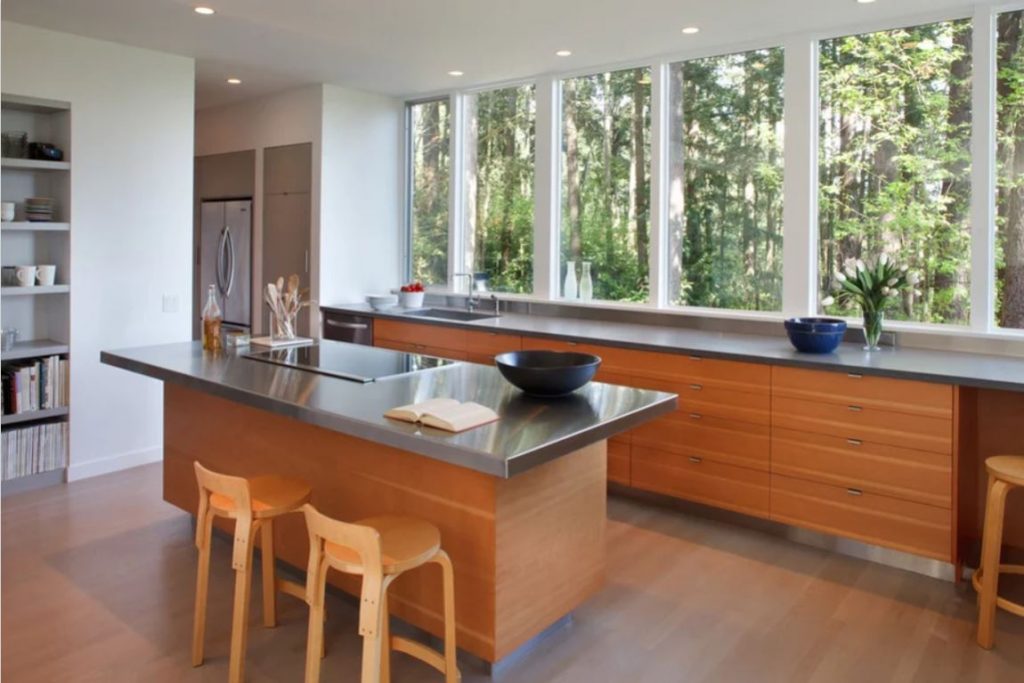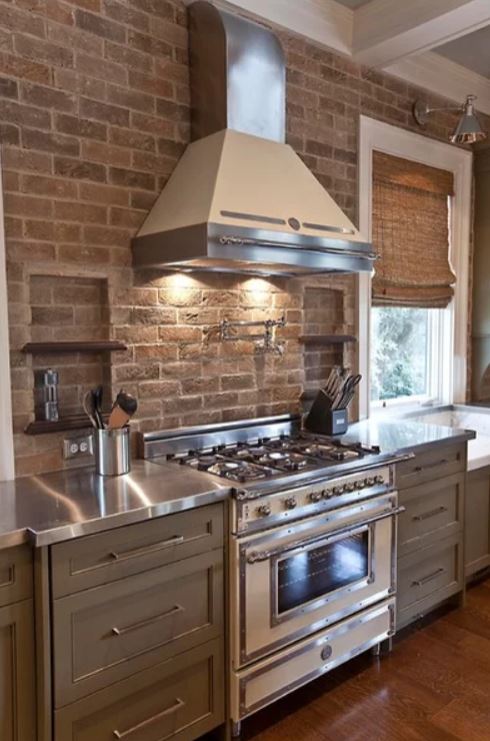Introduction: What is Rebar?
It’s likely almost everyone has heard of rebar, and seen pieces of it sticking out of a concrete wall or pillar under construction. However, it’s probably also safe to assume most people are not familiar enough to explain exactly what rebar is. Could they describe how is rebar made, and its intended use? We’ll take a closer look at rebar to help answer these questions.
What is Rebar?
Rebar, short for “reinforcement bar”, is a metal bar used to increase the tensile strength of concrete. Concrete is quite hard and has great compression strength, but it is much weaker when it comes to tensile strength. Simply put, this means concrete is prone to cracking or toppling over from its own weight when used for building. A concrete sidewalk rests on the ground, which provides enough support for concrete to stay whole and strong. But when building up for the walls of a stadium, or building across for lengths such as a freeway overpass, the concrete requires reinforcement. The insertion of rebar within the structure helps the concrete to withstand great amounts of pressure and tension.
Rebar is available in several types of metals, and can even be made of fiberglass, but the most commonly used is produced out of carbon steel. This is because steel possesses thermal properties similar to concrete, which means both the structure and the rebar buried within it will react the same way to temperature changes. As the temperature rises and falls, the concrete and steel will expand or constrict together, which helps to prevent cracking.
How is Rebar Made?
Steel rebar is almost always made of recycled steel, taken from the frames of cars, appliances, and machinery which are too old for continued use. These steel pieces are melted down and cast as billets, the term used for long unfinished steel bars. The billet shape allows the pieces to be easily stacked away in storage until needed.
To make rebar, the billets are heated to a very high temperature just short of the steel’s melting point. The red-hot billets are then fed into extrusion machines, squeezing the steel out like toothpaste from a tube. This process is repeated with a series of smaller and smaller extrusion diameters, until it results in steel rods of the desired size.
From there, tooling machinery is used to create the distinctive corkscrew ribbing found on rebar rods. These ribs help to anchor rebar within the concrete, preventing the rods from slipping or bending. The final step is shearing the rebar rods to cut them down to the desired lengths.
How is Rebar Used?
Concrete is an incredibly resilient material – some ancient concrete structures such as the Roman Colosseum are still standing, thousands of years later. However, most concrete does begin to degrade as it ages and begins to form cracks. Cracks allow moisture and air to seep into the concrete, speeding the process and weakening the material’s structural integrity. If left untreated, the cracks can allow oxidation of the steel rebar, causing rust and weakening the steel.
Compromised rebar can lead to serious consequences, because the steel is no longer providing the strong degree of strength and reinforcement to the structure as intended. Not only does it provide building strength, but rebar can also help to prevent cracks from forming. And if cracks do form, the placement of rebar helps experts to predict where they’re most likely to occur, and those spots can be reinforced.
For best effect, rebar is often laid in a grid pattern. The carbon steel’s strength is maximized in grid formation, allowing it to reinforce the concrete despite tensile forces coming from many different directions. Ordinarily, non-heat treated carbon steel would be considered too brittle for construction use. Heat treatments such as hardening or annealing allow steel to retain much of its hardness while making it less breakable. However, this is not a concern when carbon steel is used for rebar, so the alloy can be left untreated. The steel is extremely hard and brittle, and highly vulnerable to rust, but once embedded within the concrete, these qualities are no longer liabilities. The extreme hardness of untreated carbon steel is a benefit, giving the structure added strength and stability.


